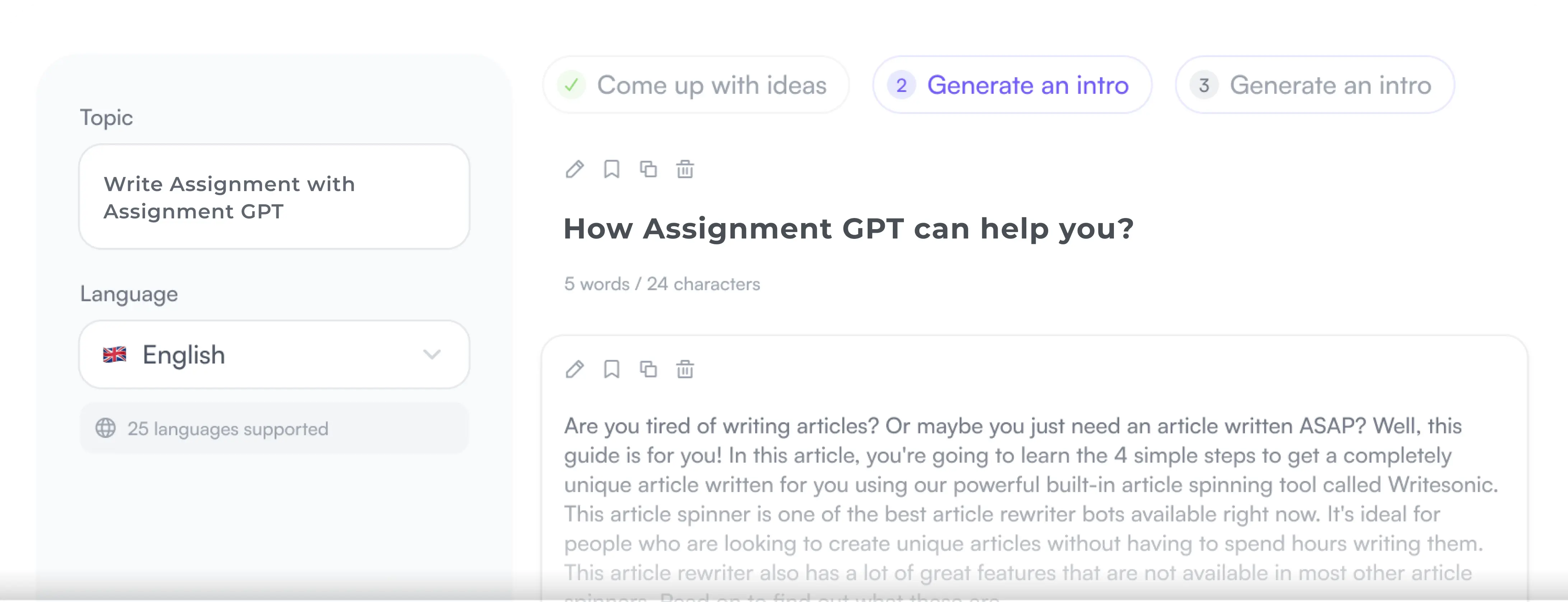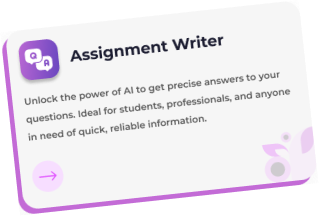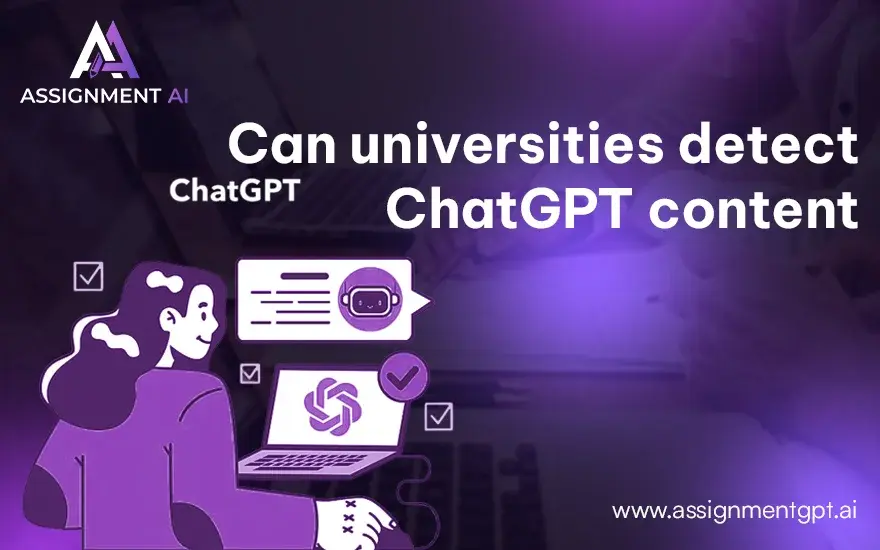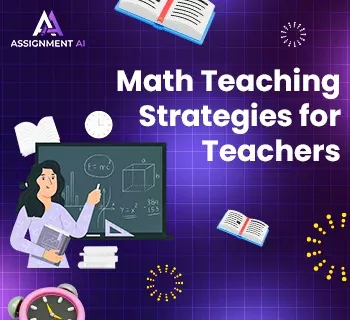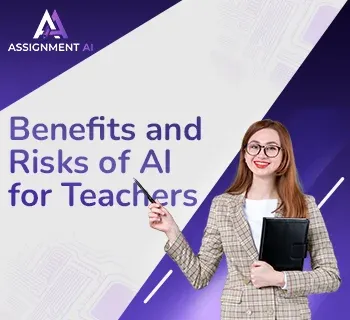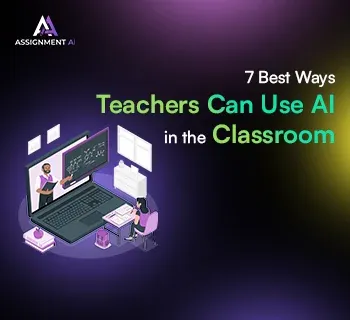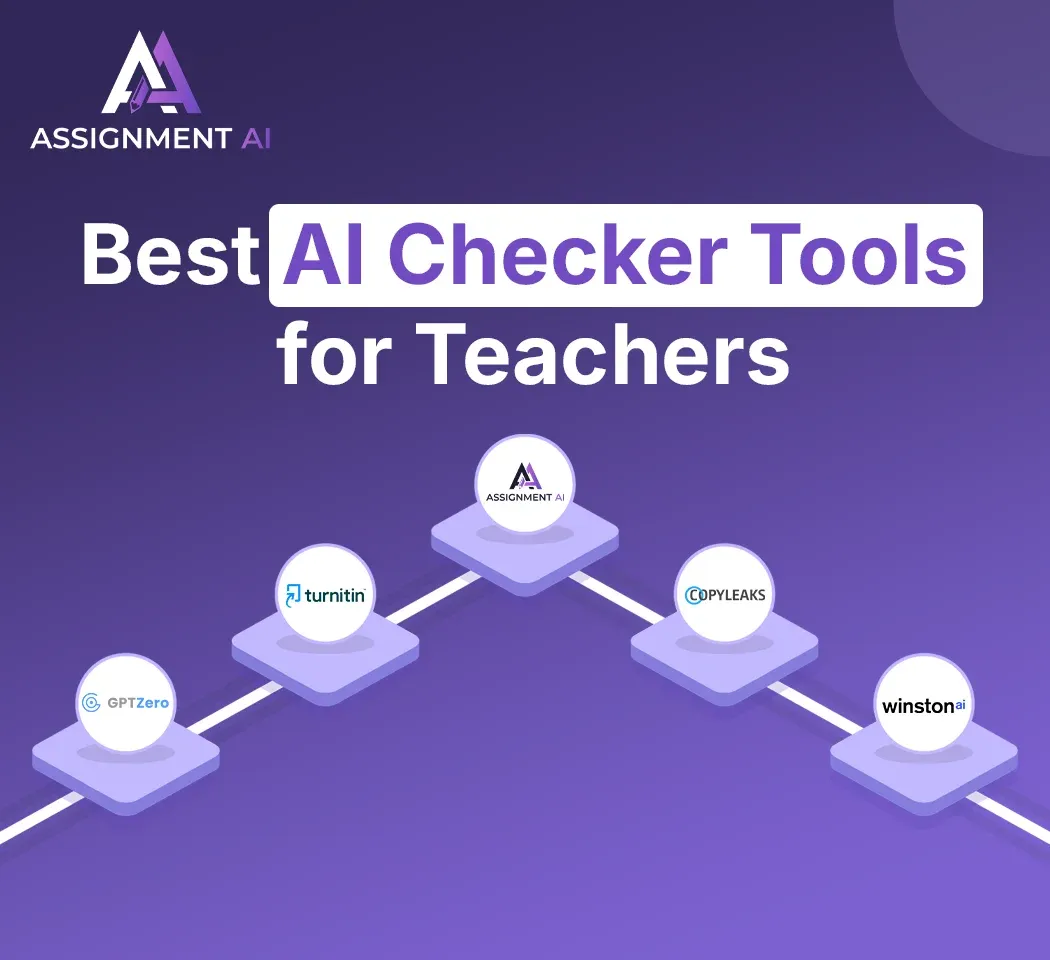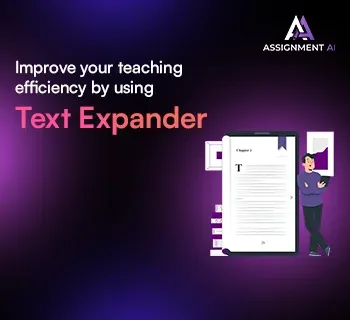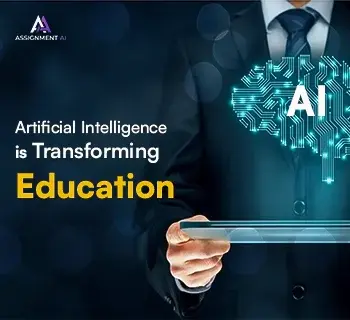AssignmentGPT Blogs
We used to learn from books and look for answers to our queries.
Then the internet came in.
It made learning material accessible to everyone. It was easy to learn everything and ask questions in learning communities and get your queries resolved.
But that has changed now! Why?
Because now we have ChatGPT. It can quickly answer all our queries and helps us learn things faster.
If you use ChatGPT to learn new skills, it is among the best tools that you can use.
But, if you are only using it to copy-paste answers from it, it's going to be a problem.
nd you might end up among the list of students who used ChatGPT for assignments and got low grades, which is why understanding how to tell if AI wrote an essay is crucial.
So, if you are wondering,
Can ChatGPT Actually Be Detected?
Yes, universities can detect ChatGPT-generated content using advanced AI detection tools. These tools analyze linguistic patterns, sentence structures, and other features to differentiate between human-written and AI-generated text.
They can detect ChatGPT text from your assignments and submitted work.
Here, we are going to discuss how professors can detect ChatGPT text and what tools you can use for AI detection. We will also explore ways to prevent students from using ChatGPT.
Quick Summary
To quickly summarise this article, we are going to answer the following queries.
- How can professors detect Chat GPT?
- Tools to use for AI detection
- Future of AI in universities
- How do universities check for Chat GPT?
How can professors tell if students are using ChatGPT?
Well, there are multiple ways that professors can use to tell if students are using ChatGPT for work submission.
AI detection tools: Tools like AssignmentGPT are designed to detect AI-generated text using comprehensive detection algorithms. They are trained on multiple datasets from academics and the internet to differentiate between AI-generated and human-written content.
Inconsistency in writing styles: AI detection tools can do it, but even if the professor is reading the article and senses inconsistencies in it. It is possible that the content is AI-generated.
Content depth and errors: AI usually doesn’t generate in-depth content unless it's trained to provide specific types of outputs. Even if it does, there is a chance that some content might be factually incorrect.
But the easiest way for professors to tell whether the content is AI generated is by using AI content detection tools.
Here is a step-by-step process for checking AI content.
How Detection Works?
AI detection tools like AssignmentGPT, Turnitin, and GPTZero analyze text for patterns typical of AI-generated content, demonstrating why AI content detection matters for education, such as consistent phrasing, lack of personal anecdotes, and predictable word choices. These tools are trained on large datasets of human and AI-written text to spot differences in sentence structure and style. They provide probability scores or highlight AI-generated sections. Professors also use their judgment, noticing overly polished or generic content that may not match a student's usual style. Advanced techniques, like embedding specific prompts, can further reveal AI involvement in assignments.
What is the step-by-step process for checking AI content?
The steps are very simple.
Copy the content you want to check and paste it into an AI detection tool like AssignmentGPT or other AI checker tools for teachers. It will quickly generate the result to show how much content is AI-generated.
Let's see it in action.
We gave a random prompt to ChatGPT, and it generated the following content:
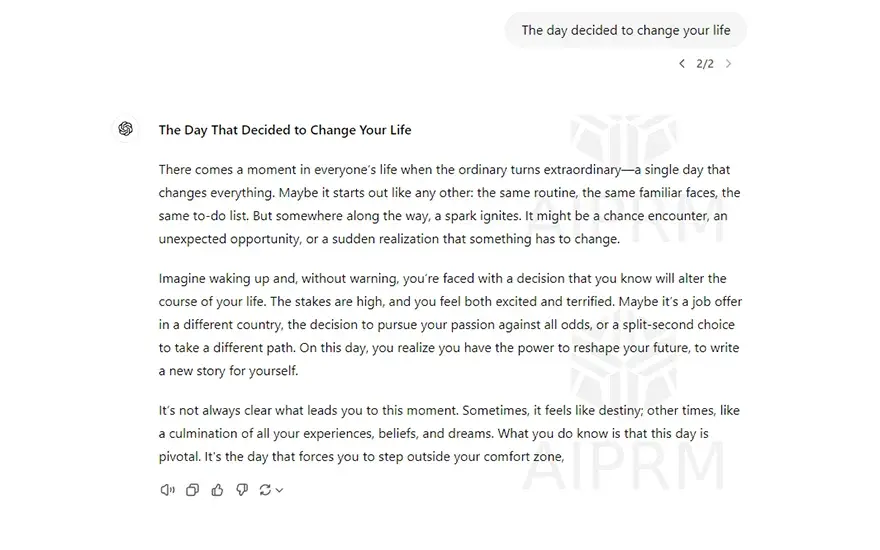
Now here is the report generated by AssignmentGPT.

As you can see, it accurately detected that 100% of content is generated by AI.
So, professors can use tools like AssignmentGPT to check AI-generated content in students' work.
However, it is important to understand that the tool is not telling you the exact percentage of AI-generated content. It shows the likelihood of AI-generated content.
It means that there is a 100% chance that the content is AI generated. In some cases, it can be 70,80, or even less.
So, try using a mix of both reports and your own logic to decide whether the content is AI-generated or human-written.
Also read this article : 5 Best AI Checker Tools for Teachers
What are the Best AI Detectors?
The best AI detectors include tools like Assignmentgpt ai, Winston AI, and Copyleaks AI Content Detector, which offer comprehensive advantages for educational institutions. These tools analyze text for signs of AI generation by examining patterns, sentence structure, and linguistic features, ensuring reliable detection.
1. AssignmentGPT AI Detector
As we have seen above, AssignmentGPT offers 100% accuracy in detecting AI-generated content. AssignmentGPT also offers other tools like AI homework helper, maths solver, assignment tools, content writing tools and more.
It helps both the students and the professor. For students, it helps them quickly resolve queries, and for professors, it helps them detect AI-generated content.
It is available for both students and professors. Unlike some tools that need to verify their status as an institute, AssignmentGPT can be accessed by everyone.
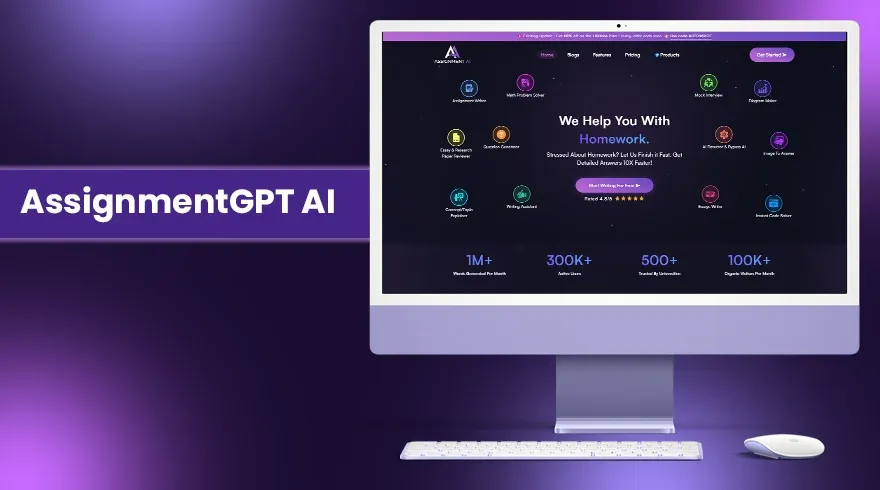
2. Winston AI
Winston AI gives you a probability of how much content is likely to be generated by AI, and it claims to detect AI content with more than 99% accuracy.
One of the unique features that Winston AI offers is its ability to check handwritten text. Professors can upload the image and check the AI content.
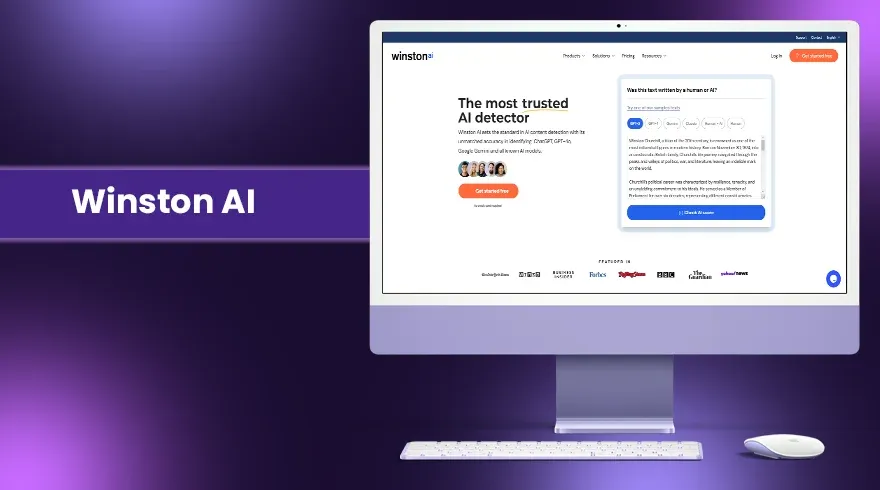
3. Turnitin
Turnitin used to be a plagiarism detection tool used in most universities, but now it also offers AI detection tools for institutes.
It's like an all-in-one package for a set of tools universities need. However, it can only be accessed by professors and not by the students.

4. Copyleaks
Copyleaks is not exclusively designed to be used by universities and professors. It can be used by anyone. It is among the most reliable tools for AI content detection but the problem is you don’t get the percentage or probability of AI content.
It only highlights the AI-generated content in red. So, it doesn’t give you a clear picture of how much content is AI generated.
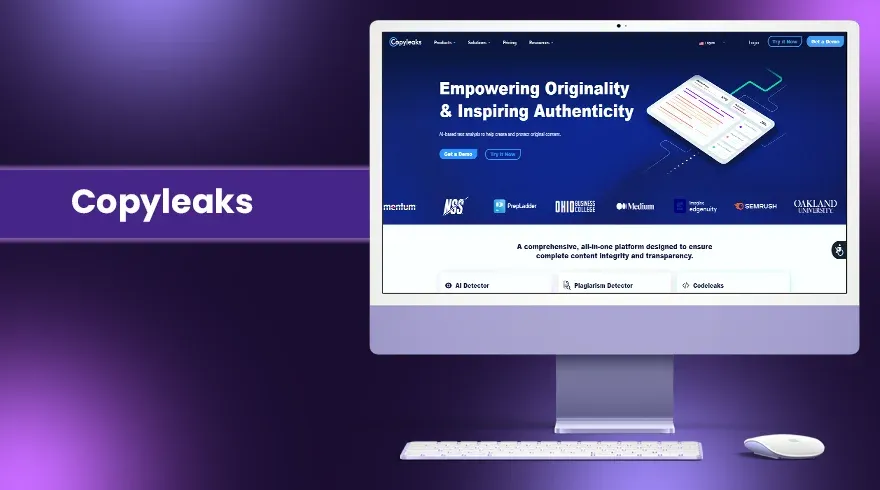
How can universities prevent students from using ChatGPT content?
Now that we have an answer to “Can universities detect ChatGPT?”.
It's time to learn how universities and professors can prevent students from using ChatGPT.
Here are some tips that professors can use:
First step should be making students aware of the impact of AI on their careers.
Design assignments that require critical thinking, as this approach aligns with how to choose the best AI detection tool for educational purposes. Because AI is not really good at this and it can not generate outputs that are convincing.
Oral exams are also an option, where students can explain their work, and professors can ask questions to understand if the fundamentals are clear or not.
Ask students to provide resources that they have used for their work.
Professors can also compare students' previous works with the current ones to match writing styles.
Future of Artificial Intelligence at Universities
AI is not something universities can ignore. They have to let students use it but in a mindful way.
Because of the personalization that AI can offer, no university or professor can do it effectively. AI can help students learn in a way they are comfortable with.
Unlike conventional methods, AI will help students learn faster and learn fundamentals quickly if they use AI wisely.
AI will play a role in every part of universities, whether its administrative tasks or student learning programs, AI is going to be a big part of it.
And universities should frame AI friendly policies to deliver education that is most relevant for the current times.
Conclusion
AI is here to stay and it is going to change how students learn new skills. Professors have to be adaptive with the latest trends and teach students on how to use AI in a way that it benefits them.
Professors can use tools like AssignmentGPT to detect AI content and make sure that students' learning is not compromised, utilizing best AI content detection tools available in the market. With 100% accuracy, AssignmentGPT can let professors provide feedback that can help students on their career path. Try Now.
FAQs
1. Can schools detect ChatGPT?
2. How can professors prevent students from using ChatGPT?
3. How ChatGPT impacts students career and learning?
4. Can Universities Detect ChatGPT in Multiple-Choice Assignments?
Content writer at @AssignmentGPT
Kandarp’s world is powered by conversations, content, and creativity. With experience across branding, literature, publishing, and strategy, he has helped shape identities and stories for businesses across industries. At AssignmentGPT AI, he leads a team that blends sharp content, strong design, and local insight to turn businesses into brands that connect with people.
Master AI with
AssignmentGPT!
Get exclusive access to insider AI stories, tips and tricks. Sign up to the newsletter and be in the know!

Transform Your Studies with the Power of AssignmentGPT
Empower your academic pursuits with tools to enhance your learning speed and optimize your productivity, enabling you to excel in your studies with greater ease.
Start Your Free Trial ➤Start your success story with Assignment GPT! 🌟 Let's soar! 🚀
Step into the future of writing with our AI-powered platform. Start your free trial today and revolutionize your productivity, saving over 20 hours weekly.
Try For FREE ➤